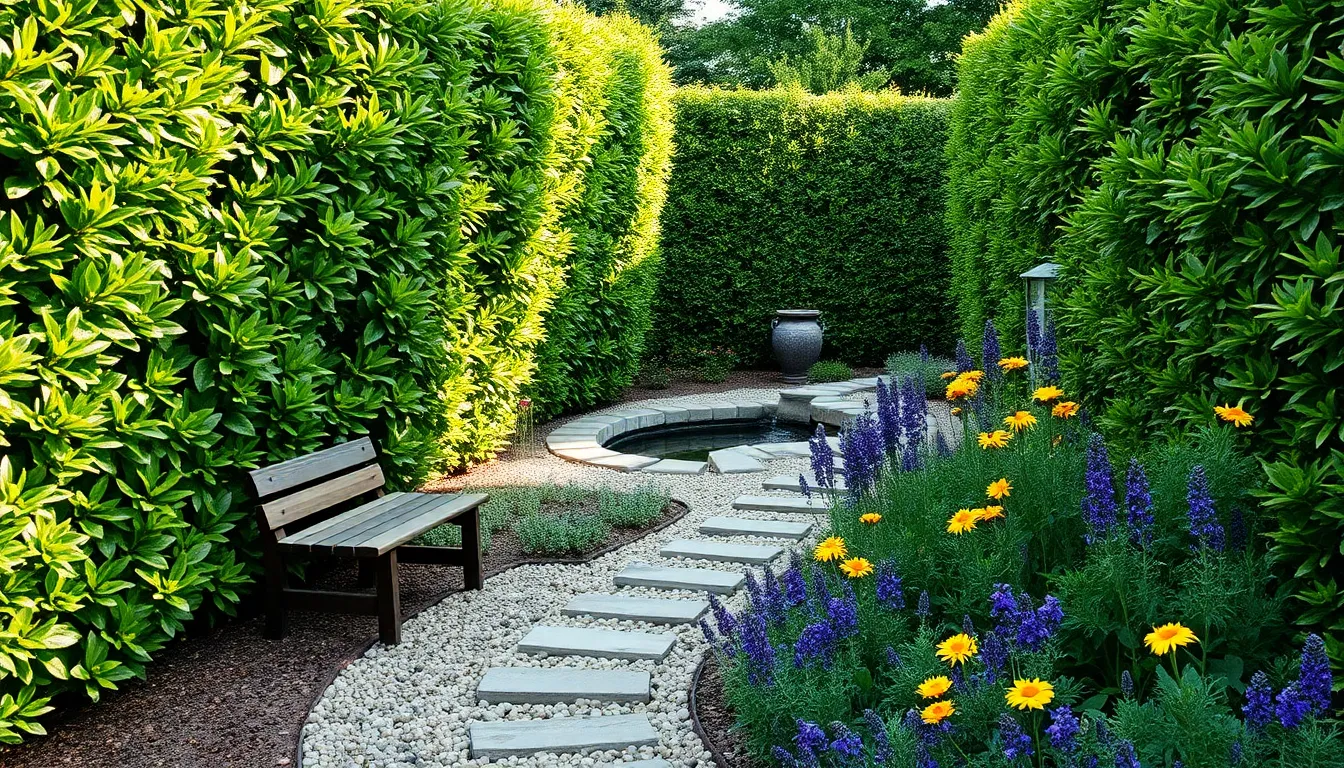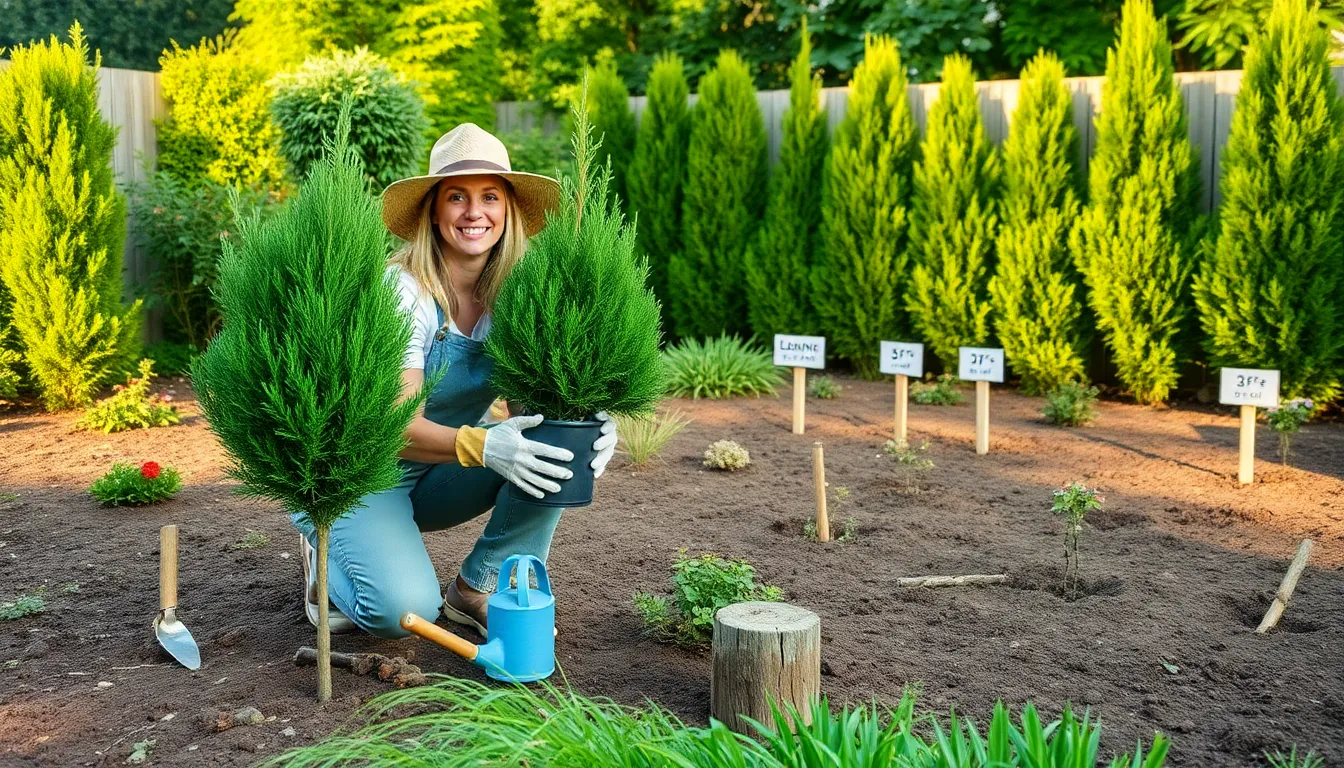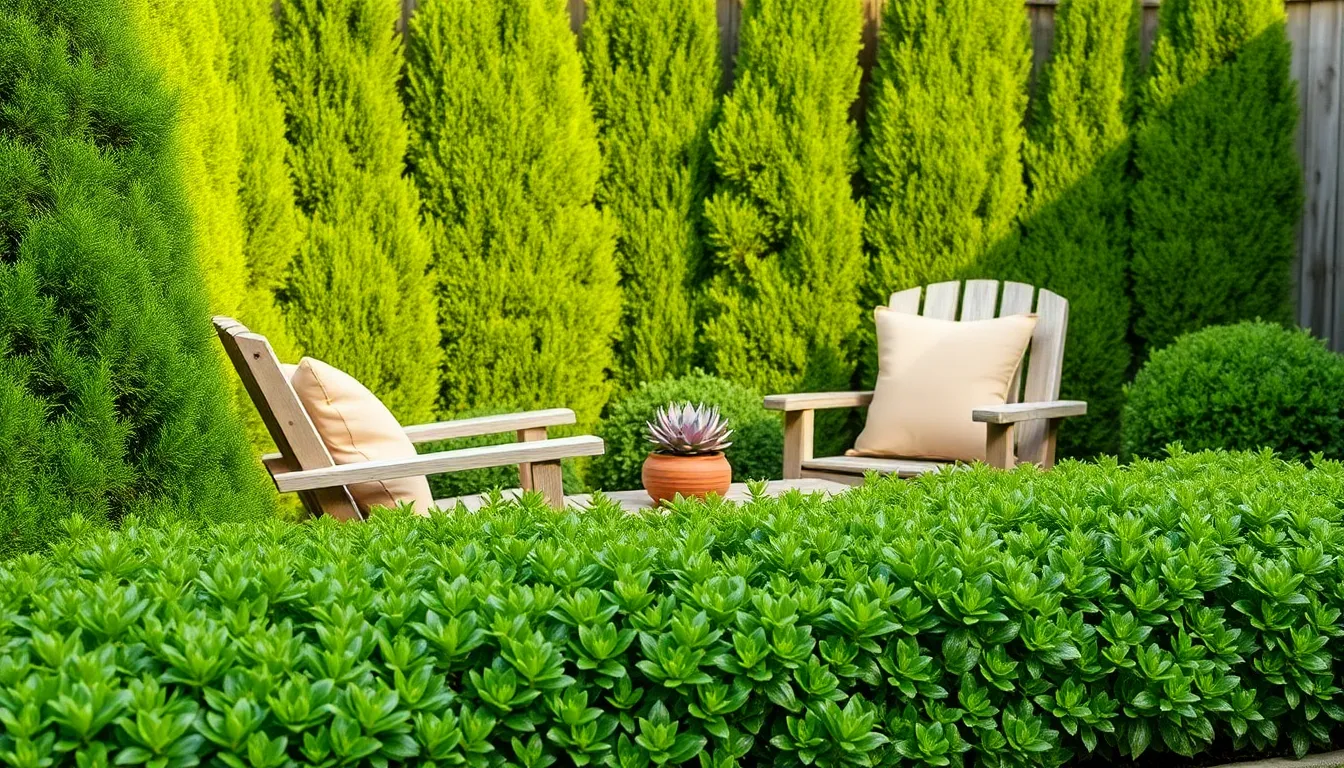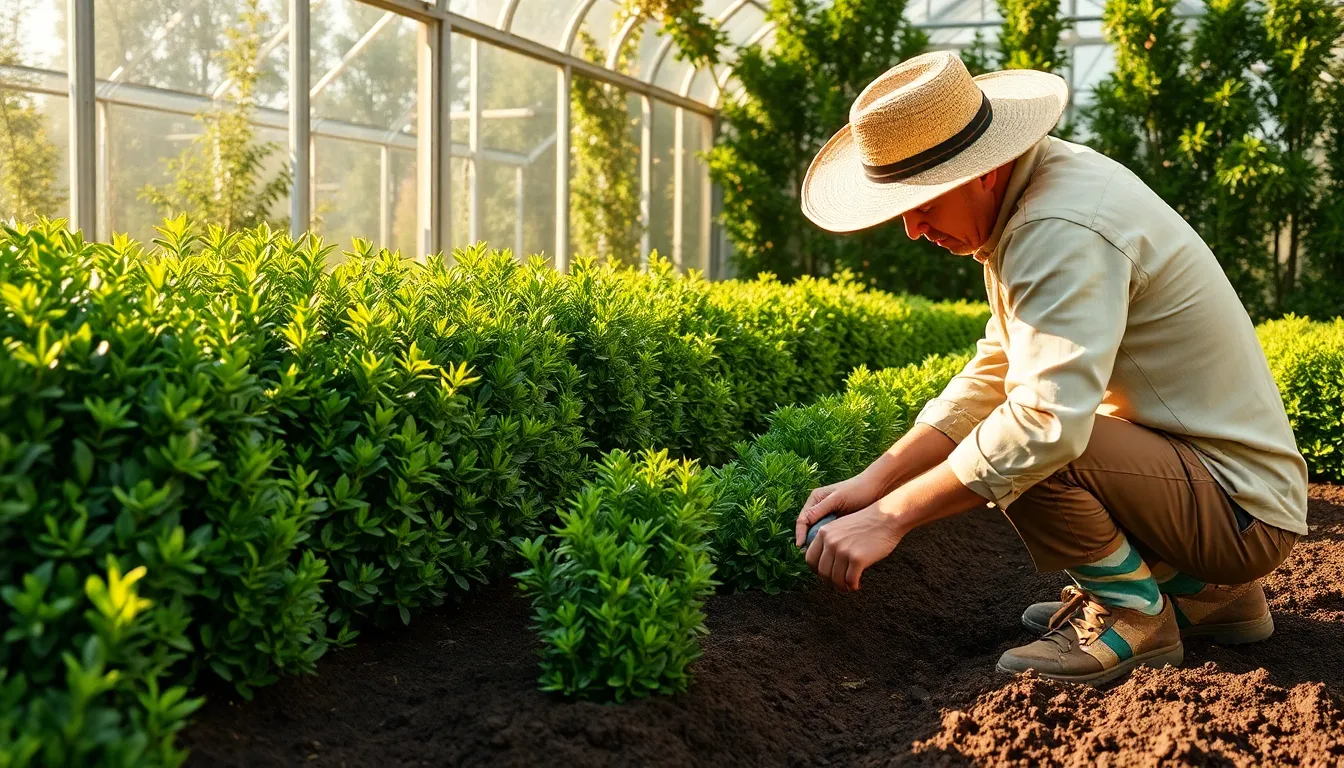Privacy in our gardens is a cherished luxury, and planting a hedge can transform your outdoor space into a serene sanctuary. Whether you’re a budding gardener just starting to dig your hands into the soil or a seasoned green thumb looking to refine your landscape, hedges offer a unique blend of beauty and practicality that fencing simply can’t match.
As the world becomes more interconnected and urban spaces grow denser, carving out a personal oasis becomes increasingly important. In this article, you’ll discover the many advantages of using hedges for privacy, from enhancing your garden’s aesthetic appeal to providing a natural barrier against noise and wind. By the end, you’ll feel equipped and inspired to bring this verdant vision to life in your own backyard.
Enhanced Privacy and Seclusion
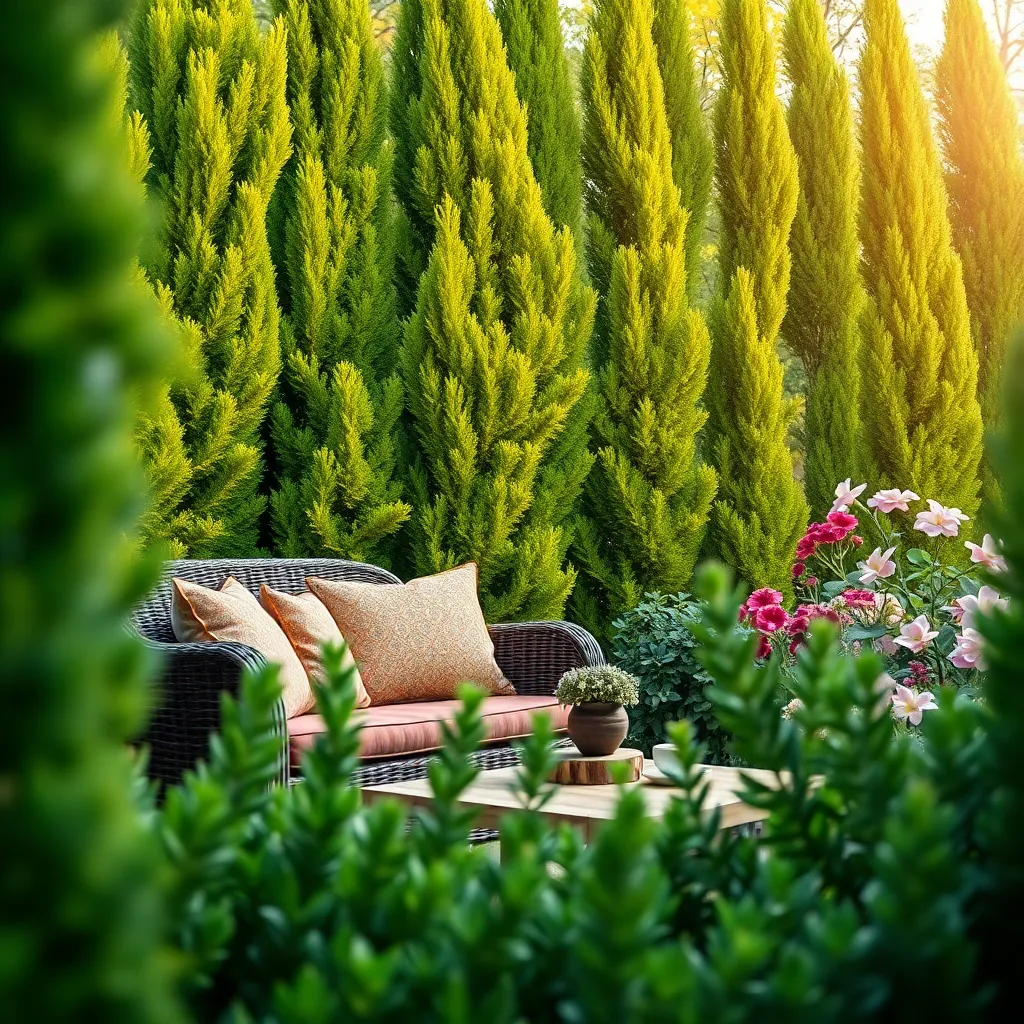
Planting a hedge creates a natural barrier that offers enhanced privacy and seclusion in your garden. By selecting dense and fast-growing species such as Leyland cypress or privet, you can quickly establish an effective screen.
Consider the height and spread of the plants to ensure they meet your privacy needs while allowing for future growth. When planning your hedge, space the plants according to their mature size, typically about 2 to 3 feet apart for optimal coverage.
Regular trimming is essential to maintain the shape and density of your hedge, promoting a lush appearance. Use sharp shears and trim in late spring or early summer right after the main growing season to encourage bushiness.
For those in colder climates, select hardy varieties like arborvitae, which can withstand harsh winters. Ensure your hedge receives adequate sunlight, typically needing at least 4 to 6 hours of direct sun daily, to thrive and establish robust foliage.
Improve soil conditions by incorporating organic matter such as compost to ensure good drainage and nutrient availability. Water young hedges frequently, approximately once a week, allowing the soil to dry slightly between waterings to prevent root rot.
Natural Noise Reduction Benefits
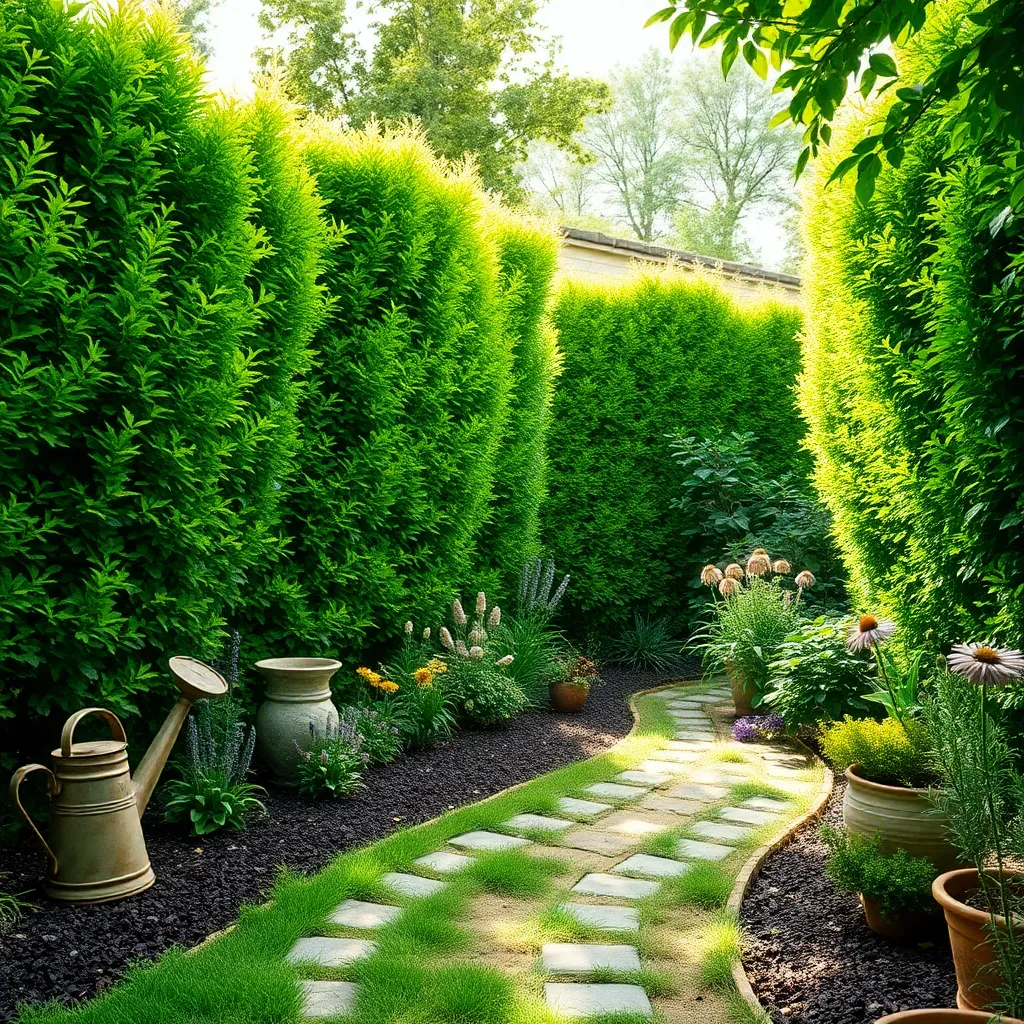
Planting a hedge not only enhances privacy but also offers natural noise reduction benefits. The dense foliage and structure of hedges create a barrier that dampens sound effectively. This is particularly beneficial if you live near a busy road, as the hedge can help mitigate traffic noise. To maximize this benefit, consider using broadleaf evergreen species like holly or laurel, which provide year-round noise reduction.
The thickness of a hedge plays a crucial role in its ability to block sound. A hedge that’s at least three feet thick will more effectively absorb and deflect noise. When planting, space the shrubs accordingly to allow them to grow into a dense formation. This might mean planting them closer together than you would for aesthetic purposes alone, approximately 18 to 24 inches apart, depending on the species.
Additionally, the height of the hedge is important in sound reduction. Taller hedges can block more noise, so choose varieties that can grow to at least six feet tall. Pruning is essential to maintain both height and thickness, so plan to prune your hedge annually. For beginners, a simple guideline is to trim in late winter or early spring before new growth starts, ensuring the hedge remains healthy and robust.
For gardeners looking for advanced techniques, consider the strategic use of mixed species hedges. Mixing different plants can enhance the hedge’s ability to break up sound waves and add biodiversity to your garden. Include plants with varying leaf shapes and sizes to create a more effective noise barrier. This approach not only improves sound reduction but also provides a habitat for wildlife, further enhancing your garden’s ecological value.
Eco-Friendly Security Solution
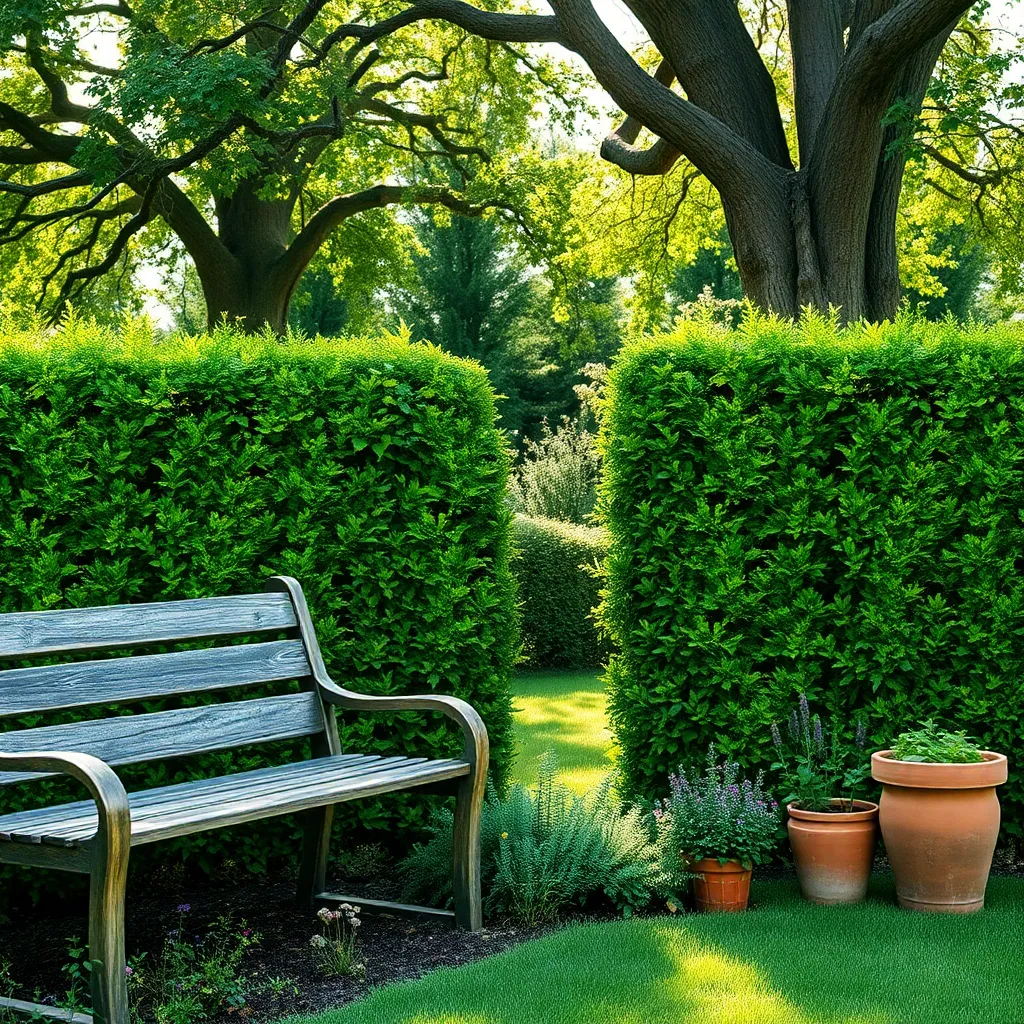
Planting a hedge can act as an eco-friendly security solution by creating a natural barrier that deters intruders. Unlike fences, which can be easily scaled, a dense hedge of thorny plants like hawthorn or holly offers a formidable challenge.
To establish an effective hedge, select plants that are suited to your local climate and soil conditions. For a faster-growing barrier, consider species such as privet or leylandii, which can quickly reach the desired height when cared for properly.
Regular pruning is crucial to maintain the hedge’s density and strength. Trim your hedge at least twice a year to promote bushy growth, paying special attention to the base to prevent it from becoming sparse.
Providing adequate water and nutrients is essential, especially during the hedge’s initial growth stages. Use a balanced fertilizer in early spring and ensure consistent watering, particularly during dry spells, to support robust development.
- Test soil pH and adjust with lime or sulfur to suit the chosen plants.
- Space plants appropriately, usually about 18 inches apart, to allow for future growth.
- Consider layering different species for a more diverse and resilient hedge.
Boosting Property Aesthetics
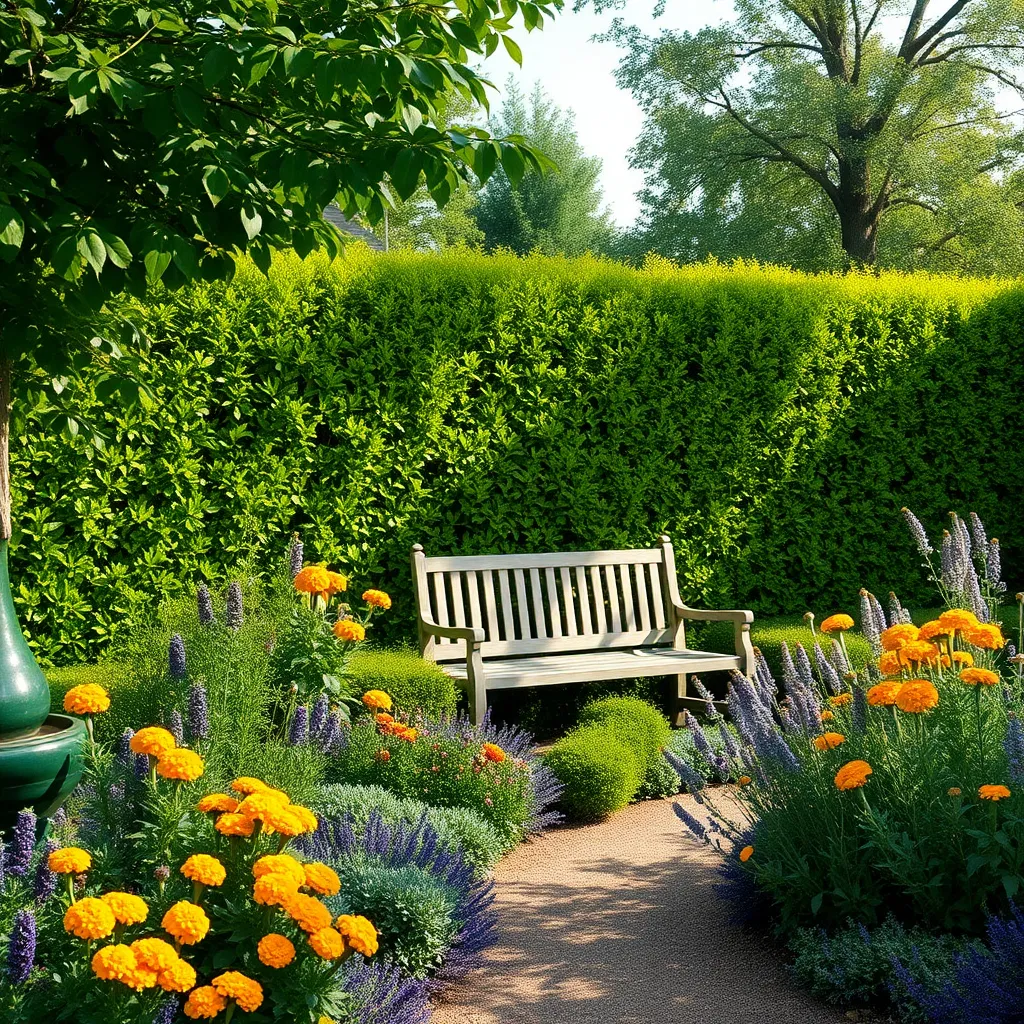
Planting a hedge not only enhances privacy but also significantly boosts the aesthetic appeal of your property. A well-maintained hedge creates a lush, green backdrop that complements any landscape style.
To achieve a visually stunning hedge, choose plants that thrive in your specific climate and soil type. Popular options include evergreen species like boxwood and laurel, which maintain their foliage year-round, providing consistent beauty and coverage.
For beginners, starting with young plants is often more manageable, allowing you to shape and guide the hedge as it grows. Ensure the soil is well-draining and fertile, and consider adding organic matter like compost to improve soil quality before planting.
Advanced gardeners might experiment with mixed hedges, combining different species for a more diverse and dynamic appearance. Incorporate flowering shrubs such as hydrangeas or lilacs for seasonal color and additional visual interest.
Regular pruning is essential to maintain both the health and appearance of your hedge. Trim your hedge at least twice a year, in early spring and late summer, to encourage dense growth and maintain a tidy shape.
To promote healthy growth, water your hedge deeply and infrequently, allowing the soil to dry out slightly between waterings. This encourages roots to grow deeper, increasing drought resistance and overall plant resilience.
Low Maintenance Privacy Option
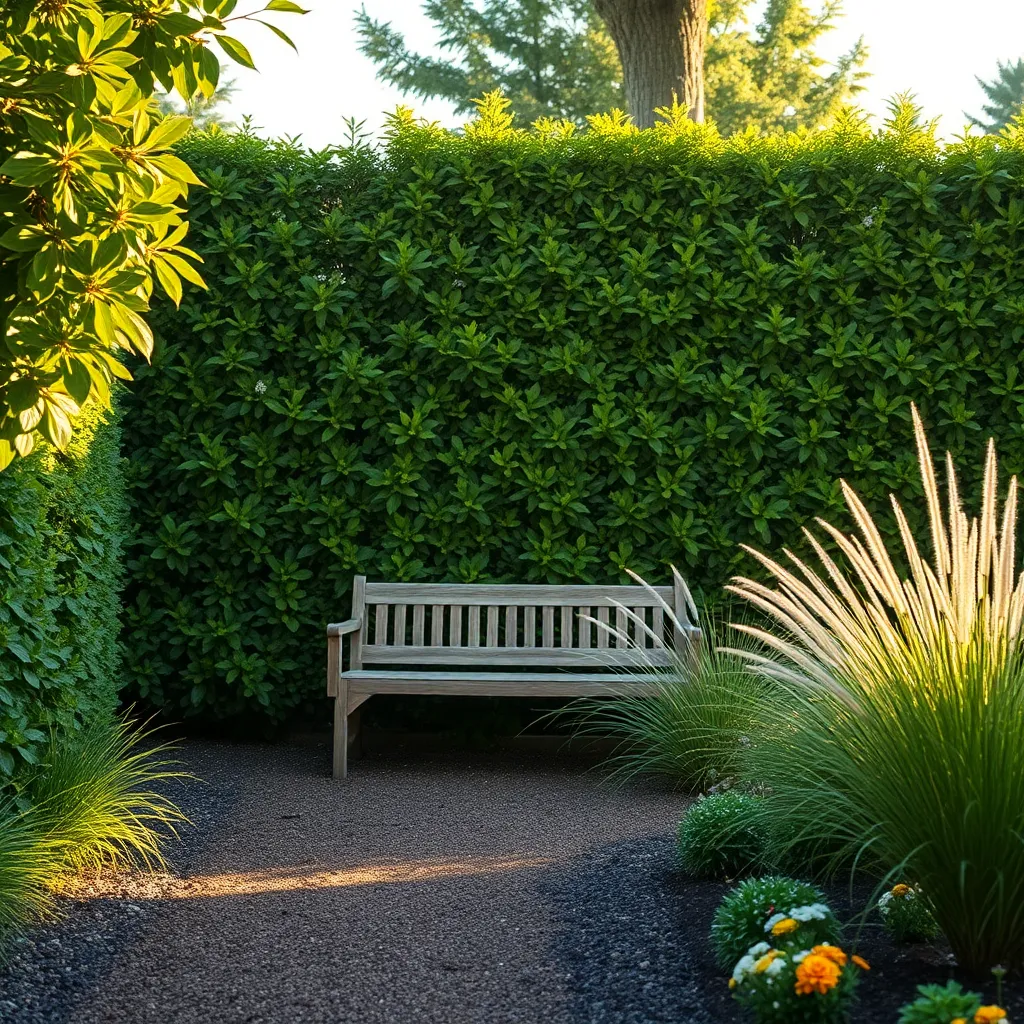
For those seeking a low-maintenance privacy option, planting a hedge can be an ideal solution. Choosing the right type of plant is crucial for minimizing upkeep while maximizing effectiveness.
Consider using evergreen shrubs, such as *Privet* or *Boxwood*, which retain their foliage year-round. These plants provide continuous coverage and require minimal trimming to maintain their shape.
When planting your hedge, ensure each shrub is spaced appropriately to allow for healthy growth and air circulation. Typically, planting them about 18 to 24 inches apart works well for most species.
Soil preparation is key to establishing a thriving hedge. Use well-draining soil enriched with compost to promote robust root development and reduce the need for frequent fertilizing.
Water your plants thoroughly during the first growing season to encourage strong root systems. After this period, many hedging plants become drought-tolerant, requiring less frequent watering.
For advanced gardeners, incorporating a drip irrigation system can automate watering, further reducing maintenance. This ensures your hedge receives consistent moisture, even during dry spells, without the need for manual intervention.
Conclusion: Growing Success with These Plants
In exploring the advantages of planting a hedge for privacy, we’ve delved into five key relationship concepts: the importance of creating personal boundaries, the nurturing power of shared goals, the growth that comes from patience and time, the benefits of natural communication barriers, and the lasting value of sustainable investments. By understanding these principles, couples can cultivate a space that fosters intimacy and trust while respecting individual needs.
As an actionable next step, consider choosing a type of hedge together that symbolizes your shared future, and start planning its growth. This simple act can lead to meaningful conversations about boundaries and goals, setting the foundation for a partnership that thrives on mutual respect and understanding.
Don’t forget to save or bookmark this article for future reference. These insights can serve as a gentle reminder of how simple acts, like planting a hedge, can significantly impact your relationship journey.
Looking ahead, remember that the seeds you plant today in your relationship will grow into a robust and flourishing partnership, nourished by care, understanding, and shared vision. Empower yourself to take these steps, confident in the knowledge that you’re investing in a lasting, vibrant relationship.

